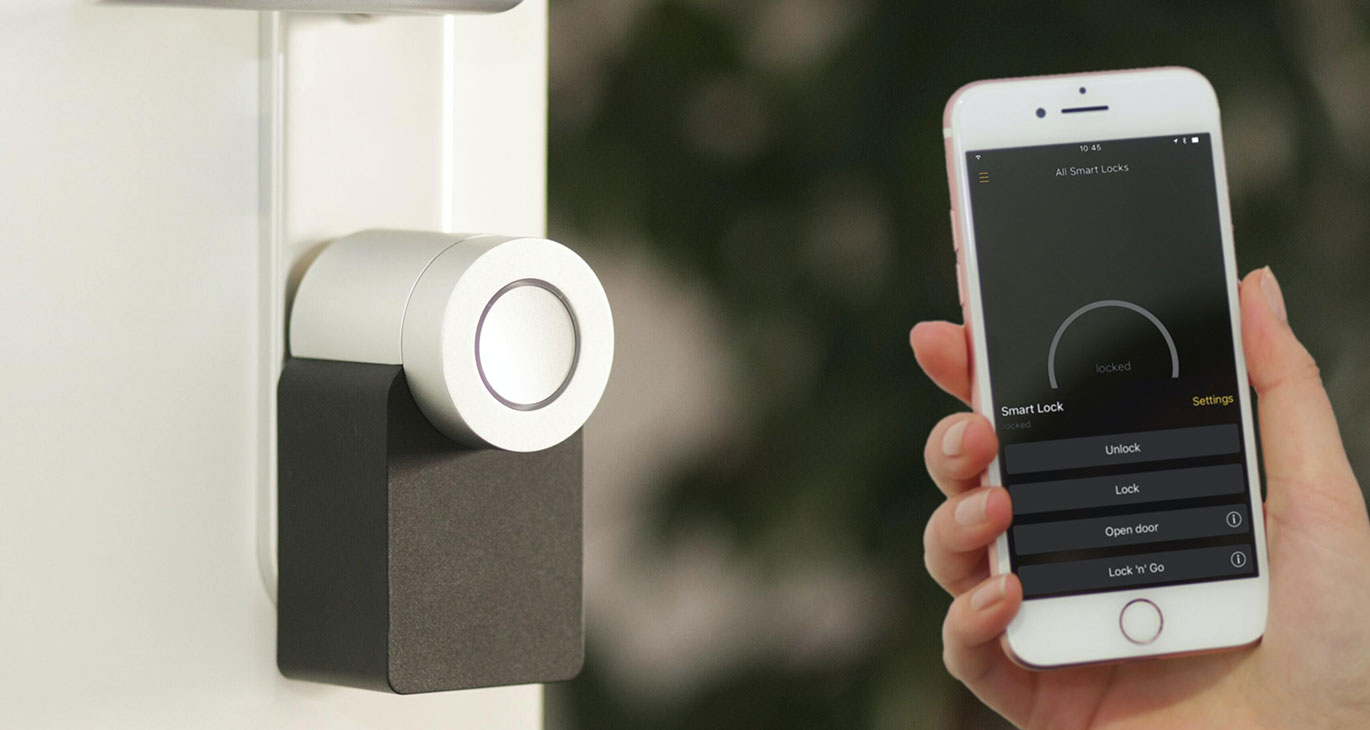
The opportunities of smart homes for insurers – from product to service provider

Be it connected lightbulbs, washing machines or entertainment systems, around 40 per cent of German households currently have smart devices (according to Bitkom). Market forecasts say that smart home applications like these are going to grow even further over the next few years. In theory, any flat or house is easy to convert into a smart home with smart devices and their now highly intuitive user interfaces. The main reasons to make a flat or house smarter are a desire for more convenience, energy efficiency, building or device security, emergency management and, naturally, certain entertainment factors.
That is why smart home developments serve as starting points for a wide range of different industries to expand their business models. The insurance industry is no exception, alongside telecommunications, energy and utility companies, providers of building services, manufacturers of entertainment electronics and household appliances and hardware and software developers.
Extra services for new added value for customers
Insurers are the ideal provider to engage with security – one of the main reasons listed above why people use smart devices in their homes. Here, the significance of extra services is growing beyond losses in a home environment, because they offer tangible added value for customers, making them a vital means of generating customer interest.
Nowadays, insurers can no longer attract customer interest by merely offering financial cover for losses. Loss prevention services play a very special role in the context of homes. The old adage that ‘the best loss is the one that does not happen’ is all the more relevant within your own four walls. The financial losses that trouble the victims of a burglary pale in comparison to the unpleasant feeling that someone has invaded their most private space.
Loss prevention for water damage, fire and burglary is already here
Consequently, loss prevention driven by the IoT is increasingly relevant to insurers, in light of the growing number of installed sensors and their expected standardisation. Insurers are currently focused on the following areas:
- Leak detection: Water can cause tremendous damage to a house or flat. At 3.8 billion euros, water damage makes up the vast majority of all types of damage in residential building insurance – and a comparison of recent years suggests it is on the rise. Intelligent loss prevention represents an enormous cost-saving measure with regard to the frequently inadequate residential building segment (the combined ratio has been over 100 per cent in many years). In turn, preventing water damage saves customers from unpleasantness such as clean-up work, temporary relocation, coordinating tradespeople and the time it takes to repair and replace their property. Intelligent sensors monitor and raise the alarm as soon as they detect the early signs of water damage. They are easy to install anywhere water might leak: close to radiators, next to dishwashers and washing machines or near toilets and pipes. There are even smart systems that not only monitor, but are also fitted with an isolation feature.
- A defect being reported by the smart home directly represents an entirely new level of service orientation: the smart infrastructure, not the policyholder, notifies the insurer, who in turn dispatches a team of tradespeople to perform preventive work. The policyholder learns about the preventive action through the arranged appointment, saving them from annoying damage and high costs. This scenario can even be realised in other segments, such as automotive insurance.
- Burglary prevention: Electronic burglary prevention devices that can be incorporated into a smart home system send a warning to each resident’s app, so the police can be notified without delay. A camera can even be installed to monitor the home and deter intruders. Additionally, smart lights and blinds can be used to make it look like someone is home in order to discourage thieves.
- Fire prevention: All privately owned houses and flats in Germany are now required to have smoke detectors. Whereas traditional smoke detectors release an acoustic signal, networked detectors can send a notification to the resident or activate a sort of emergency mode which, for example, might turn the lights on at night and open the blinds to improve visibility.
As things stand, various insurers including Axa, Allianz, Zurich and Baloise offer smart home elements in their buildings and contents insurance policies or link their assistance service up with a manufacturer. Insurers are limiting themselves to one or at most two partners here, and are largely focused on preventing or lowering the cost of losses. By networking with the smart home, insurers can get a better idea of the insured devices in the home, including their condition and value, which can have a positive effect on the customer’s premiums.
Customer reactions are still cautious
However, this field is largely still not yet profitable for insurers; it tends to serve as a testing ground for handling the data obtained by the sensors. Not to mention that the benefit (avoided unpleasantness) cannot be expected to outweigh the cost of installing a water alarm in the eyes of a customer who has not yet suffered a loss. As soon as water damage does occur (without a water alarm), this balance tips and the customer is ready to take precautions against the next loss and make a financial investment. In general, customers expect real, tangible added value. Current experience shows that although customers are aware of and impressed by the services, they make too little use of them. It is therefore necessary to hone the services in terms of their benefit, ease of access and image. In keeping with the proverb ‘Do good and talk about it’, it would be wise to feature the benefits and satisfaction of existing customers more heavily in media and spread the message about them.
Partner networks in new ecosystems
Another challenge currently being faced by insurers is to work with the right partners and find their role in the emerging home ecosystem. Just like other areas, insurers will transform from product to service providers for smart homes, which will only be possible as part of a digital ecosystem. For this to happen, processes and interfaces must be built to enable smooth collaboration and to allow new partners to be integrated quickly.
